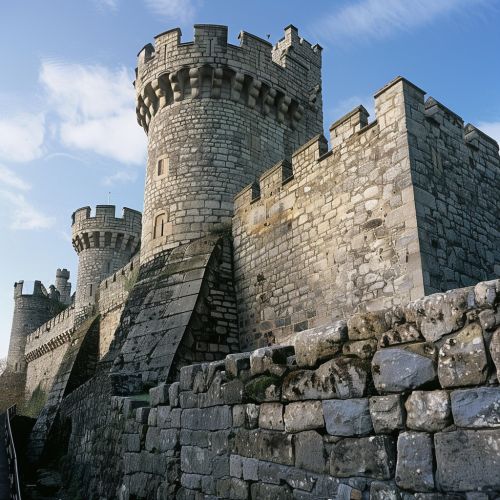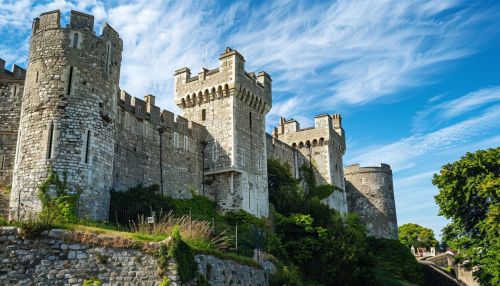British nobility
Origins of British Nobility
The origins of the British nobility can be traced back to the feudal system introduced by William the Conqueror after the Norman Conquest in 1066. The system was a hierarchical structure of land ownership and military service, with the king at the top, followed by the nobles, knights, and then the peasants. The nobles, also known as the aristocracy, were granted land by the king in return for their loyalty and military service. This system became the basis for the British nobility and the peerage system that exists today.


Structure of the British Nobility
The structure of the British nobility is complex and has evolved over the centuries. The highest rank of the British nobility is the monarch, followed by the peers of the realm. The peers are divided into five ranks: duke, marquess, earl, viscount, and baron. Each rank has its own privileges and responsibilities, and the titles are hereditary, passing from generation to generation.
Dukes
The title of Duke is the highest rank in the British peerage. The first English duke was created by Edward III in 1337. The title is derived from the Latin 'dux', meaning 'leader'. Dukes have traditionally held a high status in British society and have often held important positions in government and the military.
Marquesses
The title of Marquess is the second highest rank in the British peerage. The title was first introduced to England by Richard II in 1385. The title is derived from the French 'marquis', which originally referred to a governor of a border area or 'march'.
Earls
The title of Earl is the third rank in the British peerage. The title is of Anglo-Saxon origin and was originally equivalent to a continental count. Earls have traditionally held significant power and influence in British society.
Viscounts
The title of Viscount is the fourth rank in the British peerage. The title was introduced to England by Henry VI in 1440. The title is derived from the Latin 'vicecomes', meaning 'deputy count'.
Barons
The title of Baron is the lowest rank in the British peerage. The title is of Norman origin and was originally granted to those who held land directly from the king. Barons have traditionally been the backbone of the British nobility, providing the majority of the members of the House of Lords.
Privileges and Responsibilities of the British Nobility
The British nobility has traditionally enjoyed a number of privileges, including the right to sit in the House of Lords, the upper house of the British Parliament. However, these privileges have been significantly reduced over the years, particularly with the passage of the House of Lords Act 1999, which removed the automatic right of hereditary peers to sit in the House of Lords.
Despite these changes, the British nobility still plays a significant role in British society and politics. Many members of the nobility hold important positions in government, the military, and other areas of public life. They also continue to be major landowners, with significant influence over rural affairs.
Modern British Nobility
The modern British nobility is a diverse group, encompassing a wide range of individuals and families. While some members of the nobility have inherited their titles, others have been granted peerages for their services to the country. The British nobility also includes a number of life peers, who are appointed by the monarch on the advice of the Prime Minister.
Despite the changes in British society and the reduction in their formal privileges, the British nobility continues to play a significant role in British life. They are often involved in charitable work and public service, and many continue to hold significant wealth and influence.
